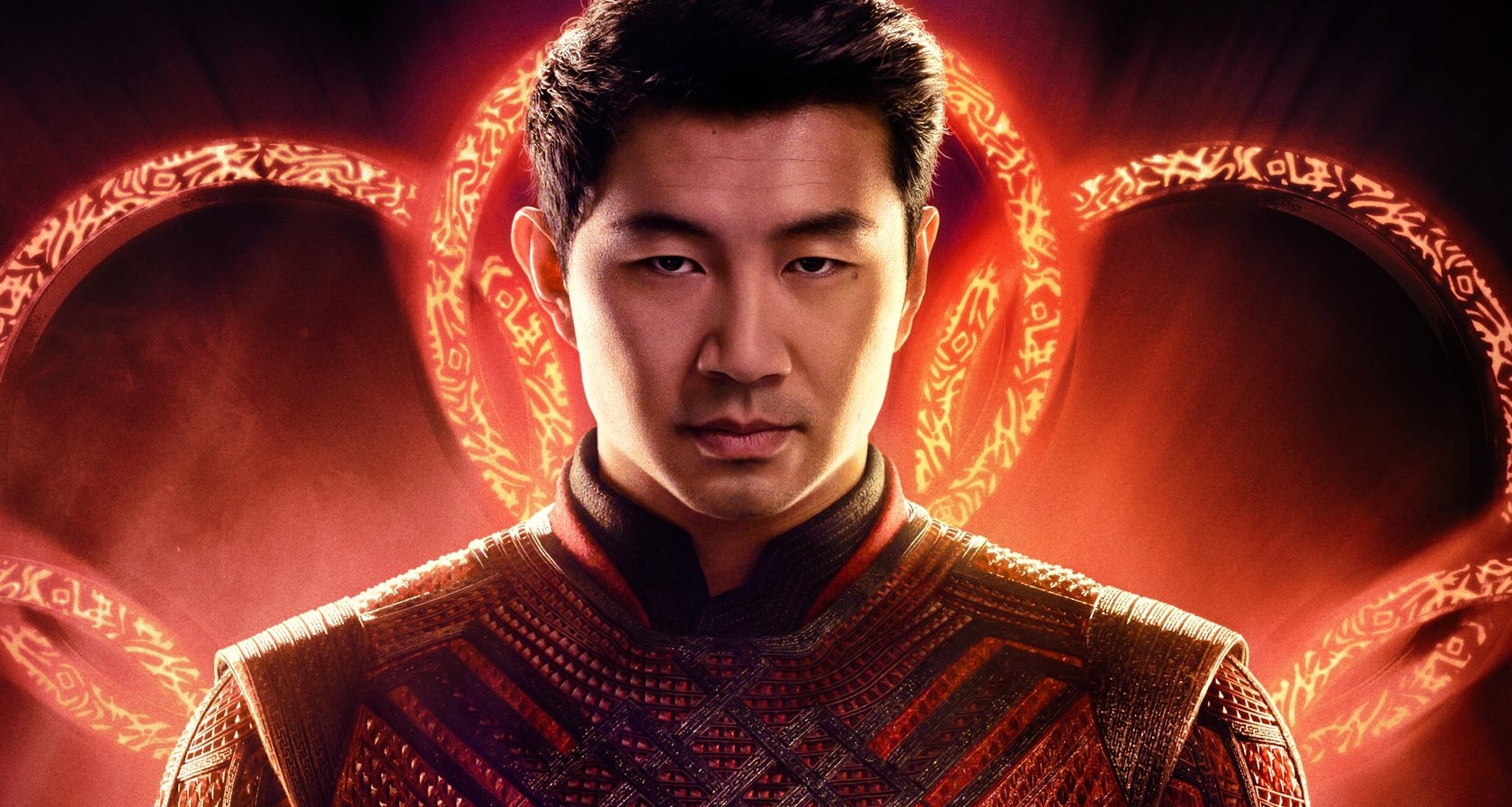Table of Contents Show
The latest installment of the Marvel Cinematic Universe (MCU), Shang-Chi and the Legend of the Ten Rings (Cretton, 2021), is the first Asian-led film in the franchise. It is a visual feast for the eyes, with striking CGI and intense martial arts sequences that call back to the wuxia and Jackie Chan films of yesteryear. The film is full of the things that the MCU is known for, like the “bad dad” stories and the journey of self-discovery through family history. Many fans and critics have compared it to Black Panther (Coogler, 2018), but Shang-Chi breathes new life into these common tropes and completely transforms them.
The film avoids many Orientalist tropes that the MCU is also infamous for — especially those of Doctor Strange (Derrickson, 2016) — by using Chinese-specific cultural references. The beauty of Shang-Chi lies in how the film uses Kung Fu to actively tell the story and develop the characters and Confucian family values as the foundation for familial interactions. These two aspects make it not just important for East Asian representation, but also a remarkably written and directed film.
The Story Of Shang-Chi
Shang-Chi features an all-star cast full of veteran actors and newbies alike. Simu Liu stars in the titular role, Tony Leung as his father Xu Wenwu, Michelle Yeoh as his aunt Ying Nan, and Awkwafina as his best friend Katy. Breakout star Meng’er Xhang plays Xu Xialing, Shang-Chi’s sister. Daniel Destin Cretton directs, and he writes with Dave Callaham and Andrew Lanham. The film premiered on September 3, exclusively in theaters with no concurrent Premier Access release on Disney+, a risky move in the midst of the COVID-19 pandemic that many fans and commentators saw as Disney explicitly setting up the film for failure. But as of now, Shang-Chi has a remarkably high critic score of 92% and fan score of 98% on Rotten Tomatoes and made a smash at the box office over the long Labor Day weekend.
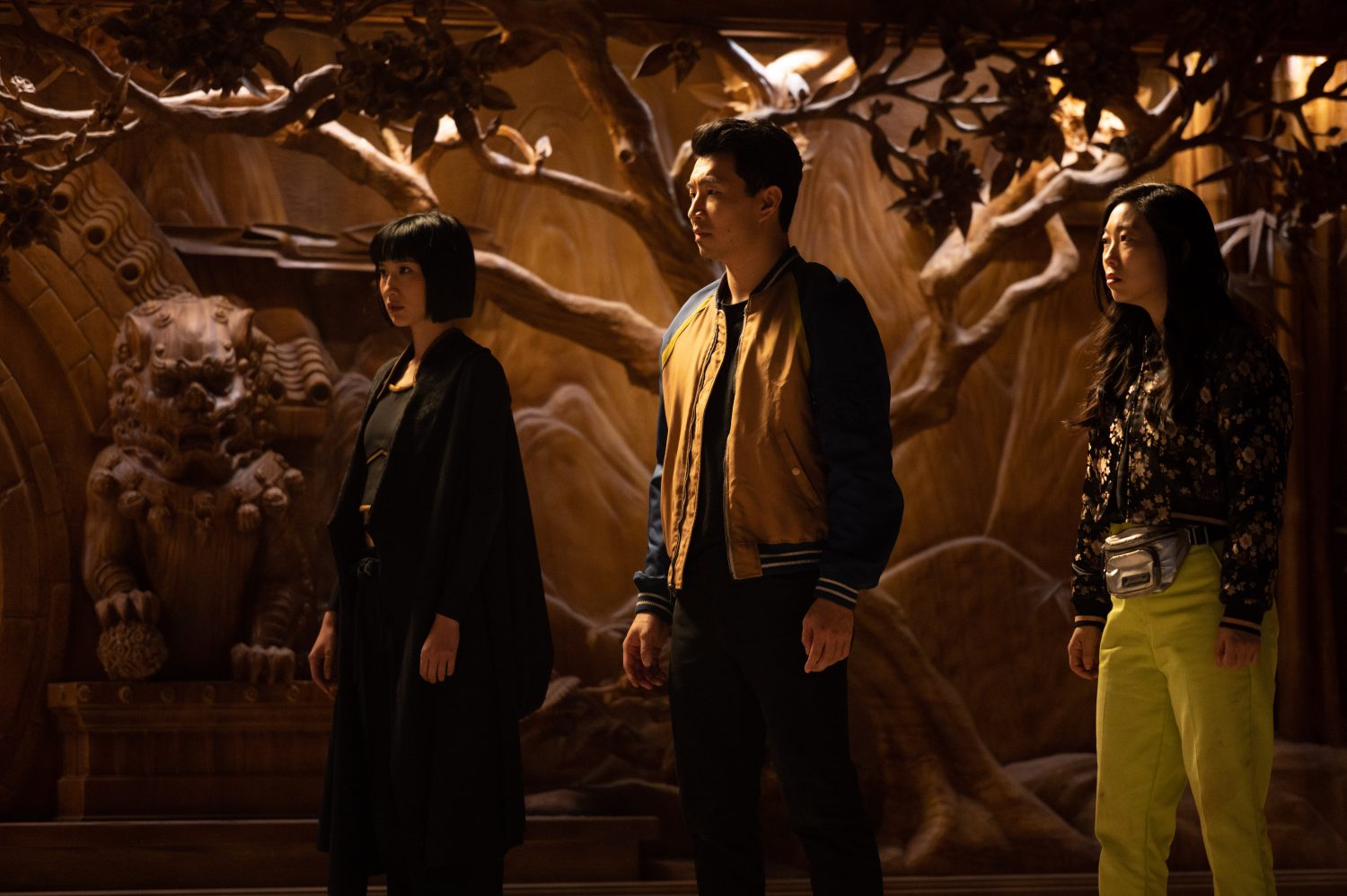
For a pandemic-era film, Shang-Chi has defied every expectation and obstacle in its path. The film follows the story of Shang-Chi as he navigates his dark, troubled past when his father draws him back into the Ten Rings Organization after ten years of being in hiding. Wenwu owns the magical ten rings that grant him immense power and eternal life, which he used to his advantage when building up the Ten Rings Organization. He trained his son to be a killer after a rival gang murdered Li. Wenwu met Li when he stumbled across her interdimensional village Ta Lo on a mission to understand the ten rings’ powers. They fell in love as she taught him how to use her special fighting style that harnessed the elements.
When Wenwu lost his wife, he became estranged from his children Shang-Chi and Xialing, who both ended up running away from home as teenagers. At fourteen, Shang-Chi is sent on a mission to kill the man that murdered his mother. He does this successfully, but he runs away from his father and sister in order to be free of the abuse and Ten Rings. Ten years later, Wenwu tracks Shang-Chi down to obtain a jade pendant that Li gave to him and his sister before she passed, believing it to be an important aspect of finding the map to Ta Lo. Wenwu captures Shang-Chi, Xialing, and Katy who escape the Ten Rings Compound and journey to Ta Lo, where the brother and sister meet their aunt Ying Nan and connect with their past.
Martial Arts As A Story-Telling Device
From the beginning, director Cretton wanted Shang-Chi to emulate famous martial arts films and East Asian films. In an interview with Den of Geek, Cretton discussed the need for absolute authenticity in how Shang-Chi depicts Kung Fu, saying:
“Marvel fans, wouldn’t have let it slide if we did a Hollywood version of a whitewashed Kung Fu movie.”
To avoid an Orientalist depiction of Kung Fu, the illustrious Andy Cheng and Brad Allen, both graduates of the Jackie Chan Stunt Team, joined the fight and stunt coordination teams for the film. The level of artistry, reminiscent of wuxia flick Crouching Tiger, Hidden Dragon (Lee, 2000), was a conscious decision. Bringing in actual practitioners of Kung Fu to choreograph the large-scale fight scenes makes them a more authentic, genuine representation of martial arts. While the MCU’s Shang-Chi doesn’t strictly use Kung Fu, the elements of the Chinese-based martial art are evident in his fighting style.
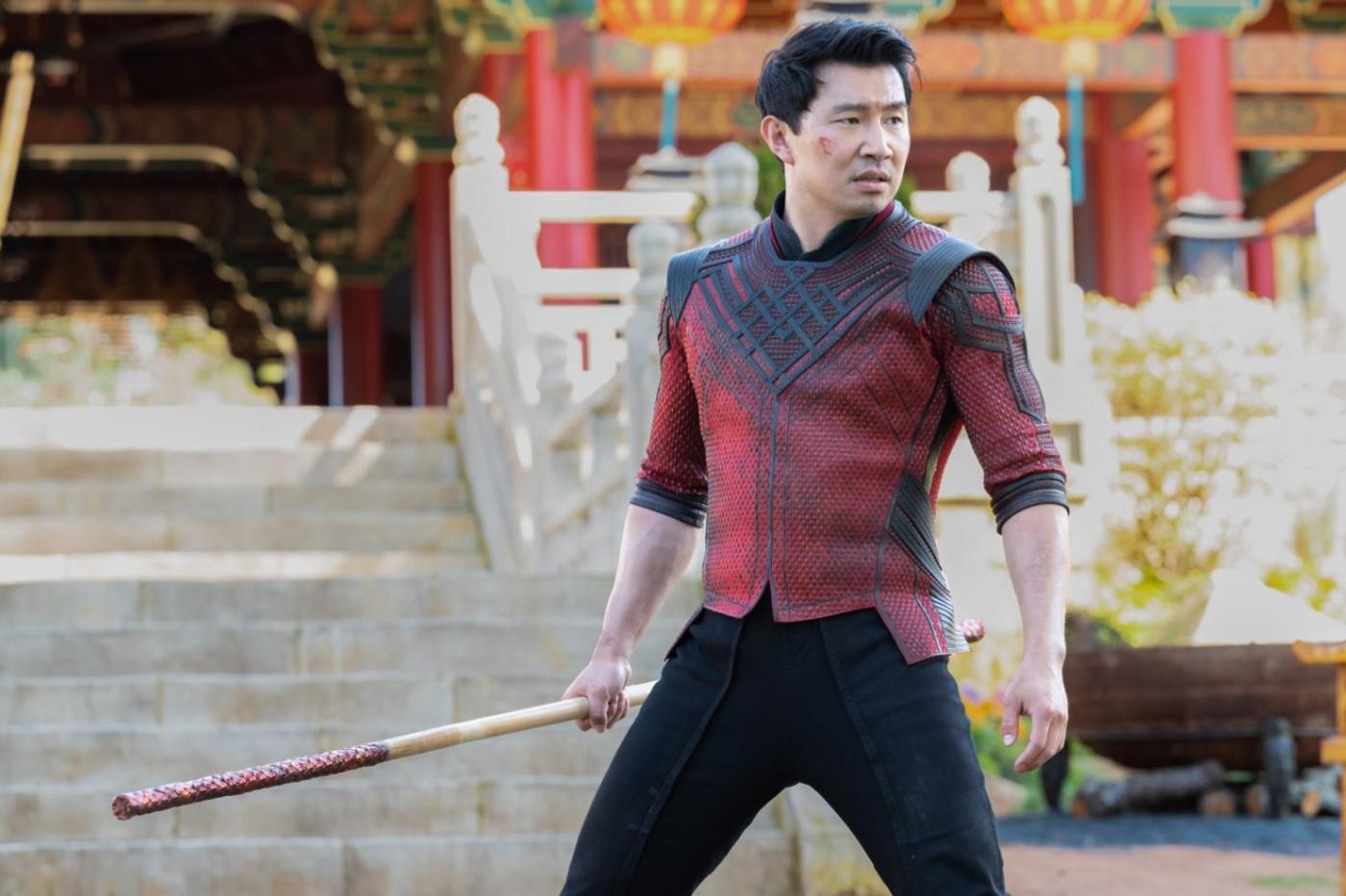
In an interview with Empire, Cretton said that he wanted Shang-Chi to not be just highly skilled at Kung Fu, but every kind of martial art, in order “to be on par with other superheroes in the MCU and not just be the master of kung fu.” After all, Shang-Chi’s character is known in the comics as “Earth’s Mightiest Martial Artist,” not “Earth’s Might Kung Fu Fighter.” This detail is important to the film since Shang-Chi combines elements of both Kung Fu and Tai Chi into his fighting style — a conscious choice to develop the theme that Shang-Chi’s power comes from everyone who came before him, including his mother and father. Wenwu uses the magical ten rings to fight, which are stylized as Hung Gar iron training rings commonly used in Kung Fu, which complement his aggressive style of martial arts. According to an interview Cretton did with ScreenRant, Wenwu’s fighting style is reflective of the “forceful” side of martial arts.
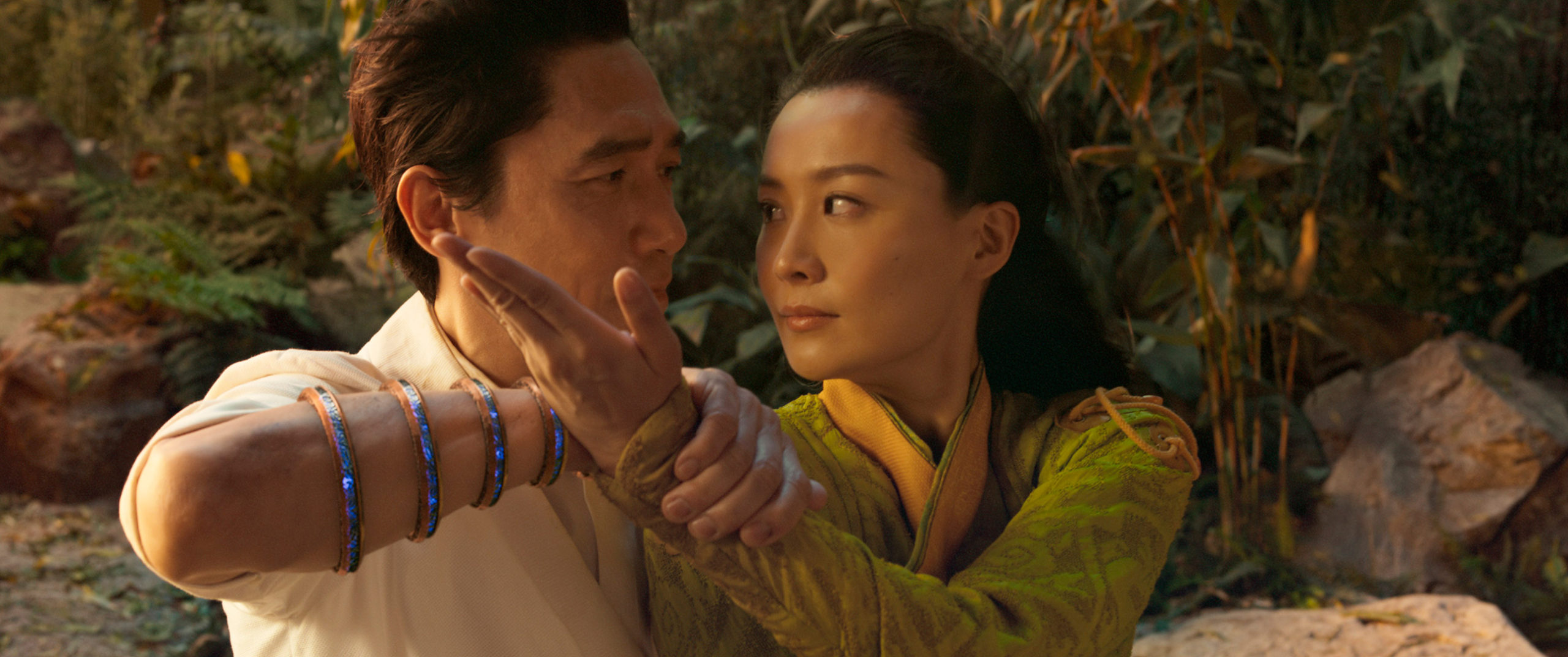
Li and the people of Ta Lo use Tai Chi when they fight, which is more graceful than the aggressive style of Kung Fu. Combining these two martial arts styles echoes balance throughout the film and further emphasizes that Shang-Chi’s power comes from both parents. Shang-Chi grew up training under his father and the Death Defier, but it was only until he learned the elemental, Tai Chi-esque martial arts style from his mother’s people (specifically from his aunt Nan) that he could be a whole fighter and successfully defeat his father in battle. The implied parallel to the Ancient Chinese concept of yin and yang is undeniable with this choice.
A key scene that uses martial arts to tell the story is when Wenwu and Li have their first meeting. They met when Wenwu stumbled across Li at the border of her interdimensional home during his search for the great power of the ten rings. She successfully beat him in their fight, harnessing the power of the ten rings for herself using the elements, which is what made Wenwu so captivated by her. Here, the meeting of Kung Fu and Tai Chi acts as a courtship ritual that starts the trajectory of Shang-Chi. Whereas other martial arts films made in the West tend to lean towards Orientalism because of chronic whitewashing, Shang-Chi reverses this common trend. Cretton was smart to employ authentic martial artists from a variety of well-trained backgrounds to create visually striking fight scenes that develop both character and story. While they are stunning sights to behold for sure, they serve a greater purpose than pure action or aesthetics.
Confucianism And Family Ties
Although not explicitly mentioned in the film, Shang-Chi delves into Confucianist thought, especially in the realm of “filial piety” with the (deeply troubled, deeply abusive) relationship between Wenwu and Shang-Chi. While the rift and estrangement between Wenwu and Shang-Chi are apparent to those “in the know” about the duties associated with filial piety in Confucian thought, there is never any explicit reference to the Chinese philosophy in the film. When he tells Katy about his childhood and training, Shang-Chi says that he would have done anything to make his father happy, even if it meant burning the world down for him. This sentiment, the devotion to the father and the placing of his needs before his own, reflects one of the virtues of filial piety Shang-Chi would have been expected to fulfill.
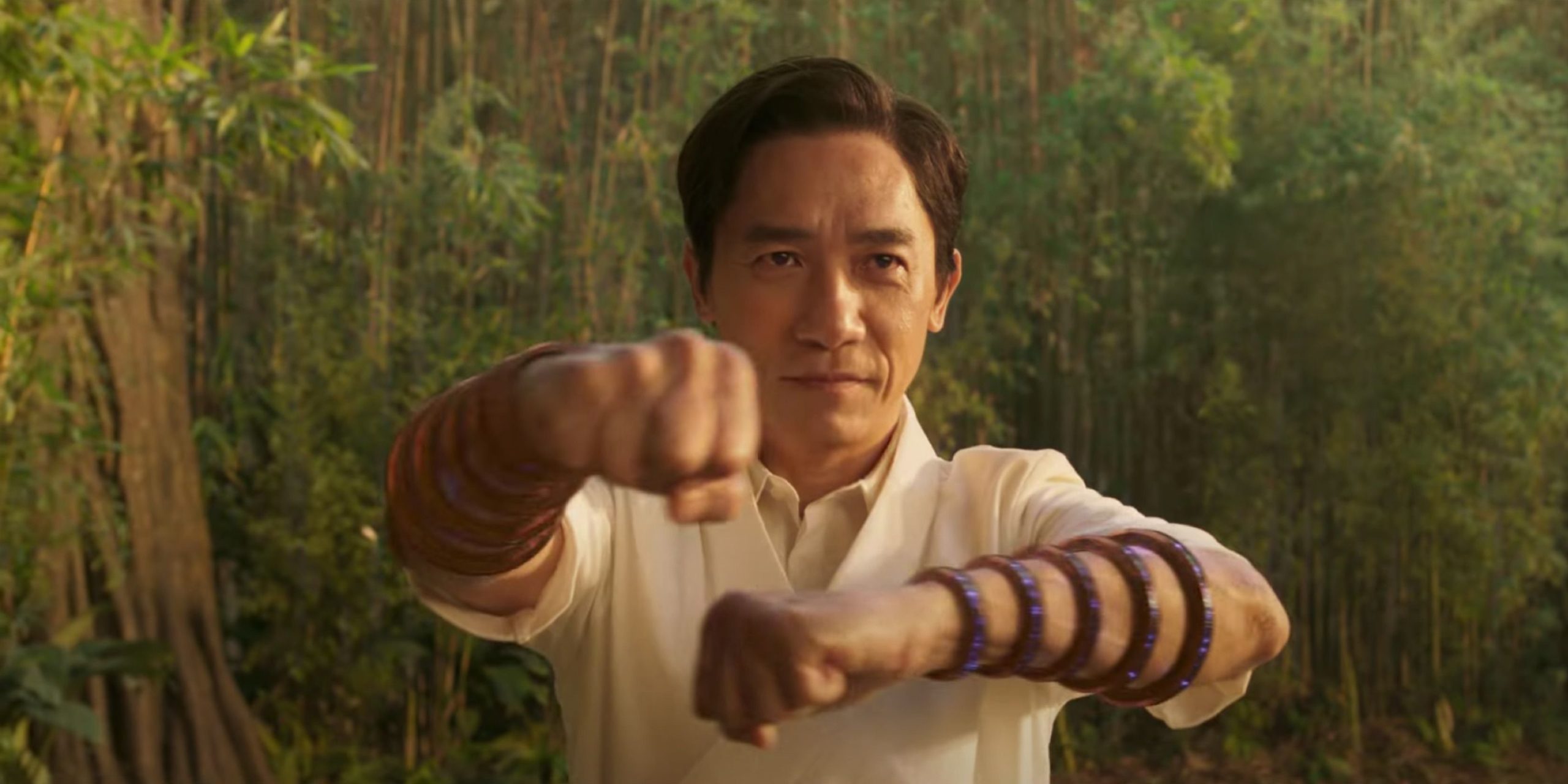
The rift between Shang-Chi and Wenwu is one MCU fans would be familiar with since it’s appeared in so many MCU films it’s practically a trope. The “bad dad” trope, echoed in the stories of Tony Stark, Peter Quill, Hope Van Dyne, and Loki, is replicated in Shang-Chi at new heights. While the previous MCU bad dads were neglectful, Wenwu is remarkably hands-on with his son and appears to genuinely care for him. There are countless shots of a young Shang-Chi training until he is bruised and bleeding to become the fighter his father wants him to be. Following these scenes are ones of Shang-Chi looking up to his father for validation after winning a match and Wenwu lovingly cleaning his son’s bloody knuckles after a long day.
The virtue of filial piety adds a new layer to the oft-repeated “bad dad” MCU trope. Shang-Chi genuinely wanted to impress his father as a child before he eventually realized how much he had lost training to become a killer. The angle of Shang-Chi genuinely wanting to impress his father as a child (before realizing how much he had lost training to become a killer) is an interesting one for the “bad dad” MCU trope. If Cretton had made Confucianism more explicit, Shang-Chi’s rebelliousness would have been more shocking since it is such a betrayal of the “good Confucian son.” Wenwu even admonishes Shang-Chi for not doing anything to protect Li from the men who murdered her, reinforcing his heightened expectations of filial piety.
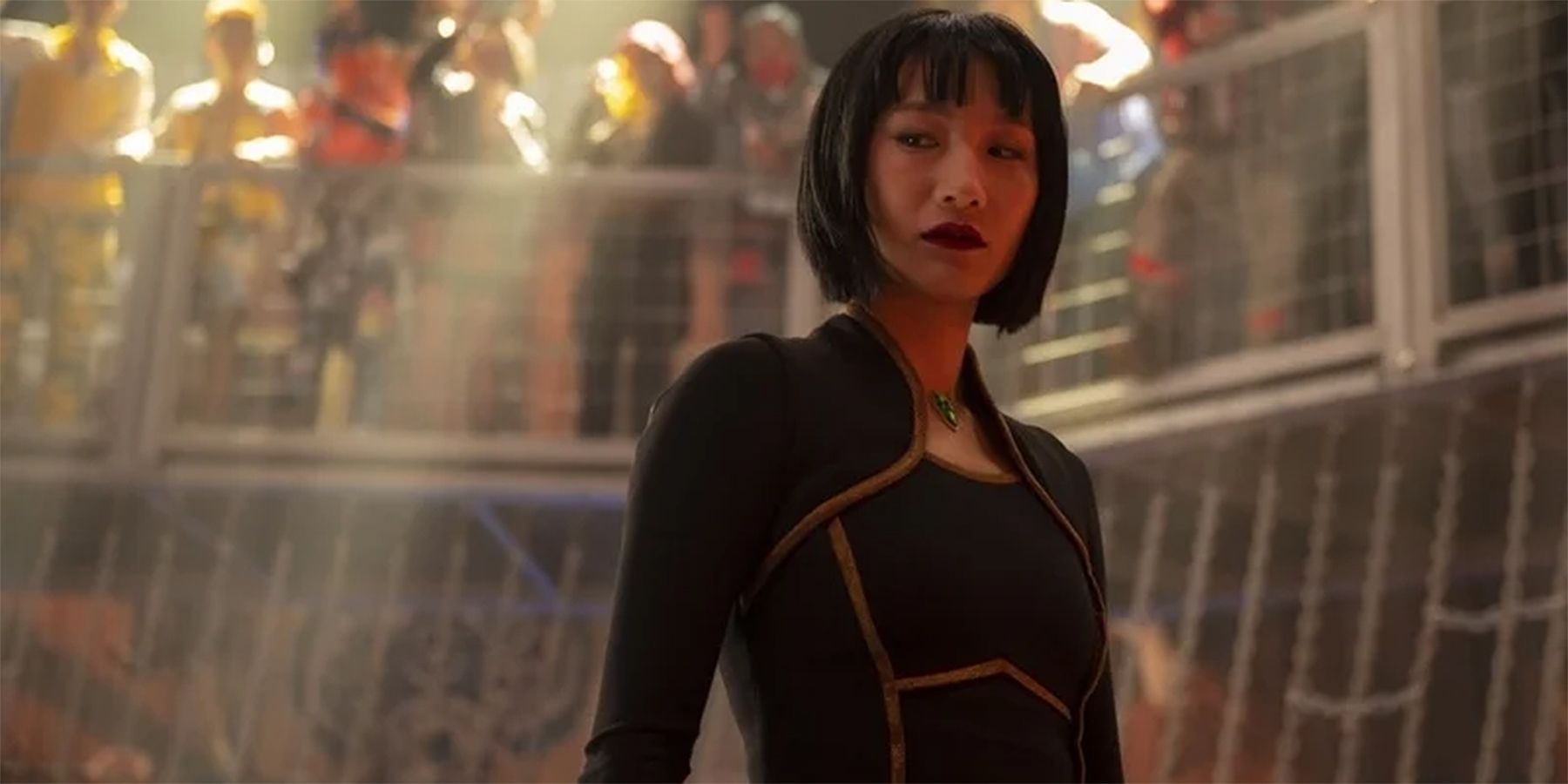
The most painful aspect of the family ties in Shang-Chi is that Wenwu so clearly wants to have his perfect Confucian family, with obedient and deferent children. Since the children wish no part in that family style, they are dragged into it (literally) kicking and screaming. The tense family reunion dinner Xialing, Shang-Chi, and Wenwu have at the Ten Rings compound is a stellar depiction of this disrupted Confucian family. Wenwu seemed like he was about to start quoting Confucius or “The Twenty-four Filial Examples” to his children at the dinner because they were not behaving how they should. He sees them all as a family together again, but Shang-Chi and Xialing have no interest in reconnecting with him because he mistreated them. Wenwu would have his Confucian family with force and manipulation, the film seems to assert.
The very story of Shang-Chi, and the trajectory and development of Shang-Chi as a character, work so well because of the subtle references to the Confucian virtue of filial piety. The film deeply explores the complicated relationship between father and son and would have been even more impactful for Chinese-American audiences had it explicitly delved into Confucianism. Regardless, the tension between father and son is palpable and drives the story forward until their fateful departure from each other, when Wenwu surrenders the ten rings to his son at the moment of his death in recognition of his abilities.
A New Future For The Diaspora
Shang-Chi and the Legend of the Ten Rings proves that a big-budget Hollywood film, in the middle of a thirteen-year-long franchise and a pandemic, can actually deliver positive East Asian representation and make a splash critically and financially.
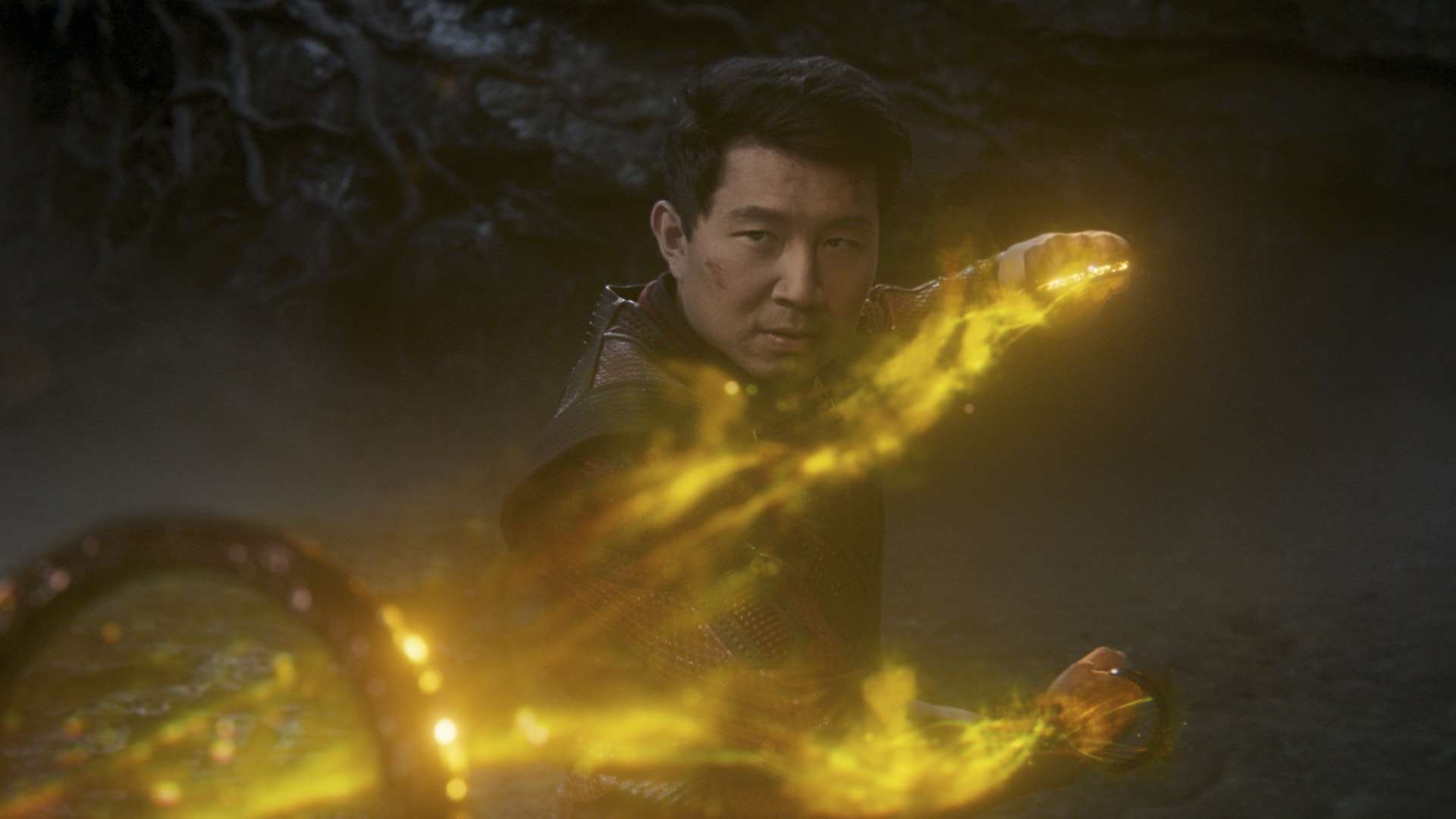
The martial arts scenes are deployed in an effective way that makes them essential to understanding the plot and character development, which is a welcome departure from Western films that use martial arts for spectacle or as the default fighting style for Asian characters. The film also utilizes filial piety and Confucianism in the story between Shang-Chi and Wenwu, which is where the film finds much of its heartbreak and richness. Daniel Destin Cretton’s film is a remarkable film for not just the Chinese and Asian diasporas but for Marvel fans the world over.
